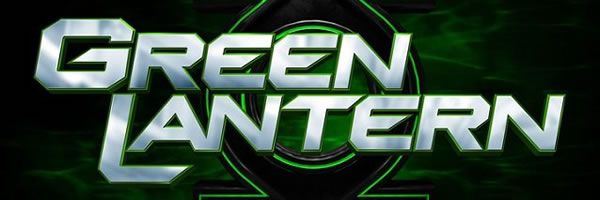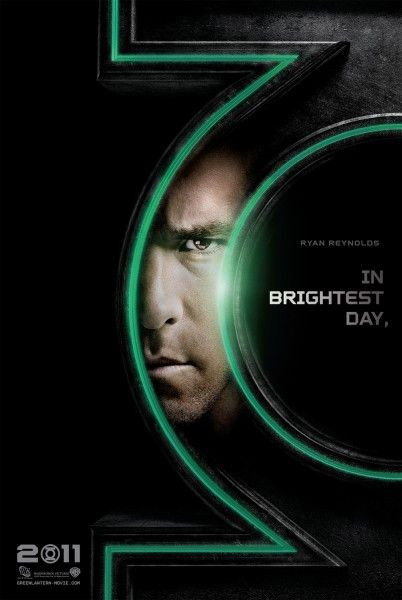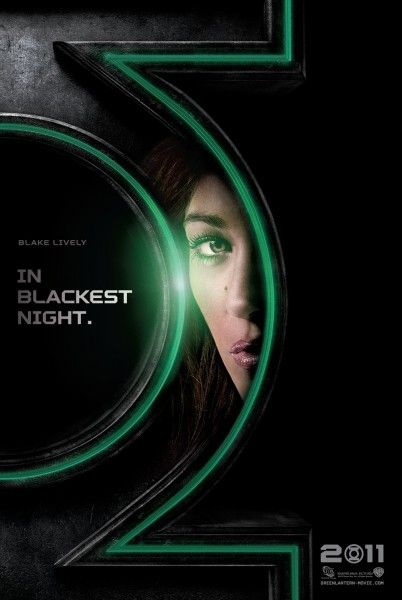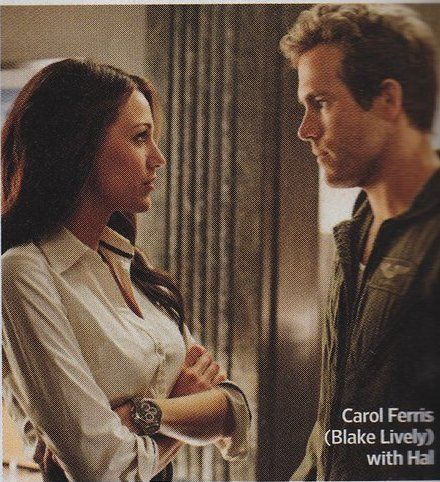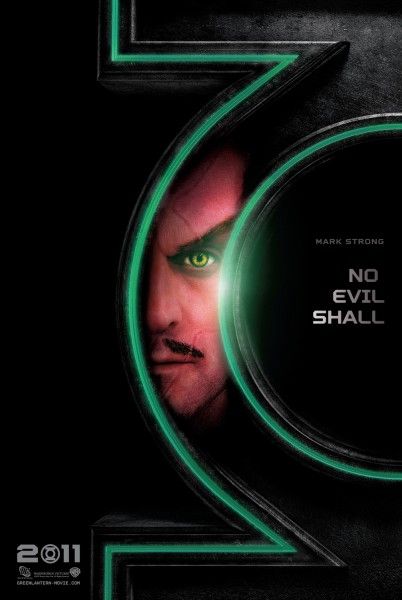According to the origin story, each sector of space is protected by a Green Lantern, possessing a power ring that uses a powerful green energy to do anything within the limits of the user’s imagination and will power. When a new enemy threatens to destroy the balance of power in the universe, the fate of Earth lies in the hands of their newest recruit, the first human ever selected – a gifted and cocky test pilot named Hal Jordan (Ryan Reynolds).
During a press conference held at Comic-Con, the film’s star Ryan Reynolds was joined by co-stars Blake Lively, Peter Sarsgaard and Mark Strong to talk about what makes this character appealing to audiences, having to audition for the role, putting on the mask for the first time and juggling characters in the Marvel and DC universes. Check out what they had to say after the jump:
Question: What is it about the Green Lantern character that makes him so interesting and viable for a film?
Ryan: Unlike many of the comic books, there’s such a vast universe to this character and his contemporaries. For the most part, this is an origin story and I was able to focus a little on “Secret Origin,” but our script is a much more in-depth interpretation of that basic storyline. Geoff Johns described this thing as a version of Star Wars in the DC universe, and I think that was a pretty apt description. You have so much you can mine out of this, with these comics and this character. Any time you’re dealing with a guy who has something unbelievable and unsurmountable to overcome, it makes for an interesting story. As an actor, it’s an interesting and excellent thing to get an opportunity to play. This guy has a distinct starting point. He’s a bit of a fractured human being, having seen his father die. Later in life, he’s cocky and aimless. It’s this extraordinary power bestowed on him that sets him on a humbling path.
Ryan, can you talk about the difference between playing this superhero and the one you played in Paper Man?
Ryan: So you’re the one person that saw Paper Man. Yeah, this costume is a motion capture suit that I’m wearing. Because it’s not seen on camera, they’ve managed to find a material that I think most would agree is the most aggravating substance on earth. We’re shooting in Louisiana, which is pretty close to the sun, so the suit’s been difficult. I’m running around in a unitard in the New Orleans summer heat. Wearing anything is pretty uncomfortable, when you’re doing an action movie in the deep South, at this time of year
What is the training like for this?
Ryan: The training is just different. You’re not training on an aesthetic level You’re training on a functional ability. You want to stay out of the hospital, as long as possible, but you’re bound to be there once or twice. Martin Campbell pushes you hard. He described his action as a knife fight in a phone booth. That’s an apt description of how it feel. It’s been fun to train, in that regard.
Blake, what has this experience been like for you? How physical is your role?
Blake: I got to be in the rig that was invented for The Matrix. I think it goes about 20 feet high, but I like to say it’s 50 feet. It has this gyroscopic waist belt. It works towards your weight and makes you nauseous. That was the extent of my stunts, but we did some test pilot training, too.
Can you talk about your look in the film and how your wardrobe comes into play for the character?
Blake: (Costume designer) Ngila [Dickson] was very specific to make her relevant, but not too modern. We didn’t want to connect the movie to any specific time, so there are very classic column dresses. It’s an iconic, strong, businesswoman look.
Peter, who do you play in the film?
Peter: He is a biologist. He teaches at the university, but in his private time, he is quite interested in animals that live in extreme environments on earth, as a way to understand creatures on other planets. There’s a fine line between science and wishful thinking. I thought about a lot of people who have stretched our ideas and added a little bit of creativity to science, like Carl Sagan or Isaac Asimov. I read more things like that than straight comics, when I was young. You have a sense of wonder about the world until you start filling in the gaps, which is what most scientists try not to do. I really thought of him as a dreamer, in a lot of ways.
Ryan, did you ever see any possible conflict in playing characters in both the DC and Marvel worlds?
Ryan: I don’t delineate between Marvel and DC, and that rivalry. We live in a world where technology allows us to bring these movies to life. The emergence of the superhero franchise being so mainstream now is a result of that, and really nothing more. I’ve never really had that thought or issue of, “I was in a Marvel film, so I can’t be in a DC film.”
What was your casting process like for this? Did you audition for the role?
Ryan: The casting process for me was the same as it would have been for anybody else. I met with Martin and fell in love with the concept and the idea. I didn’t go to the art dept and see a few things. I had an experience. To see the world they were creating for this character was unlike anything I’d seen captured on film, ever. Then, I screen tested not once but twice. Martin put me through the paces. The good thing is that a screen test is just another day of work, so it was a nice pleasant experience.
What was it like to put on the mask, for the first time? Did they want to see what you’d look like in it?
Ryan: I have one little anecdote I haven’t mentioned yet. There was a Cinderella element to it. The FX house has this thing called life casts that you can build a prosthetic around. The FX house that was asked to make the Green Lantern mask had no idea who was auditioning, but they arbitrarily chose my head from their vast catalogs of heads. So, when I showed up, my mask fit a little better than someone else’s would have fit.
Mark, what can you say about your Sinestro? How did you prepare to play this role?
Mark: I’m not sure you prepare for villains, necessarily. You prepare for a character. The way I look at villains is that nobody’s born evil. Usually something happens to their time on the planet, or in space, that causes them to become that. You have to look at who the character is, what he stands for and what he believes in. He is an incredibly organized, fearless exponent of the Green Lantern core, who believes who knows best. In this movie, as it stands, he becomes a mentor to the newly minted, human Green Lantern, and guides him through his first steps. We deal with that process.
So, you don’t see him as a villain?
Mark: No, I don’t think of him as a villain. He’s just an incredibly powerful presence who knows what he believes and what he wants to be right. If there’s anything that causes him to spill over to the dark side later on, it’s his unquestioning belief in his rightness.
What was it like to go from a fight scene with Hit-Girl in Kick-Ass to fighting with the Green Lantern?
Mark: It’s interesting, going to work beating up a 12-year-old girl. That wasn’t an experience I have very often. It’s nice to be facing a worthy opponent.
For more Green Lantern coverage, here's a recap of the panel and footage shown.

